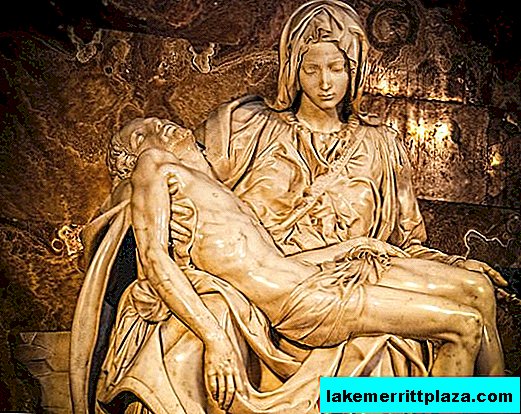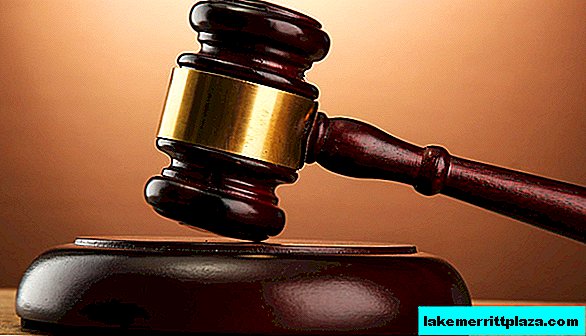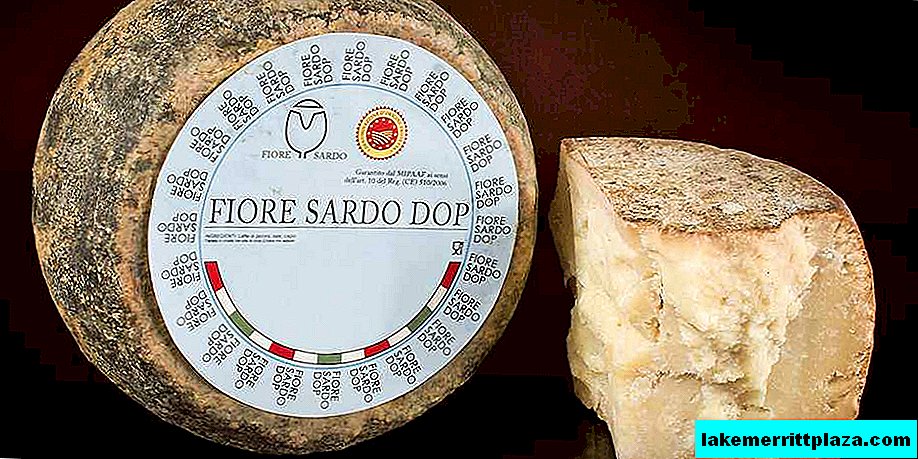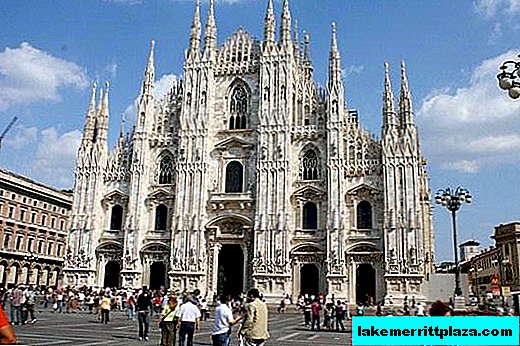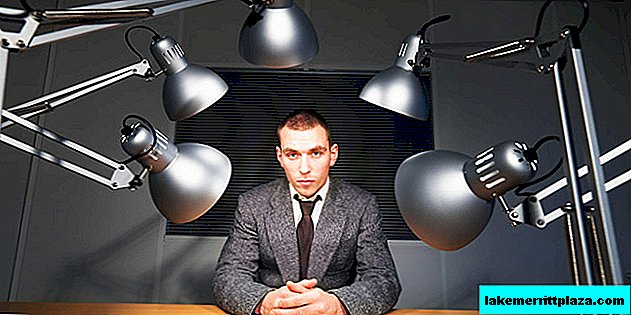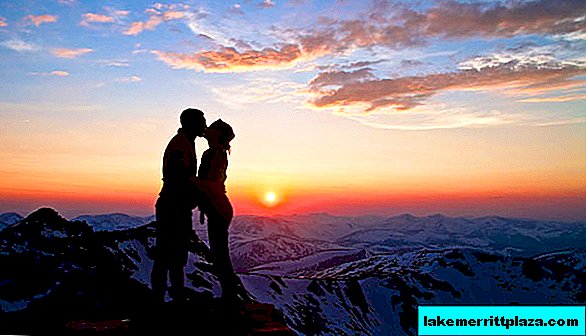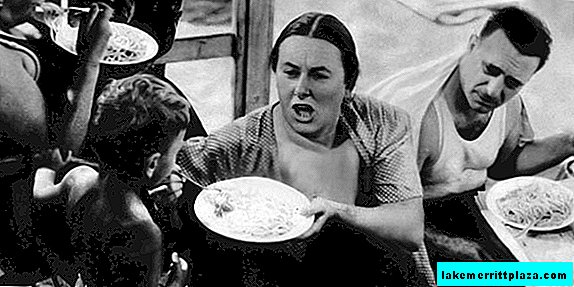Everyone has heard about the Sistine Chapel since school. This is one of the places that you want to visit for life. But be sure to pre-study the topic to know where? what? and in what order to watch.

Sistine Chapel (Cappella Sistina), photo by xiquinhosilva
Construction history
The Sistine Chapel (Cappella Sistina) was built by the Vatican from 1475 to 1481 by order of the pontiff Sixtus IV in honor of Mary's assumption in heaven. Previously, the Great Chapel was located at this place, where the papal court gathered and the conclaves passed. The reconstruction of the chapel was entrusted to the architect Baccio Pontelli and engineer Giovannino de Dolchi.
From the outside, the Sistine Chapel looks like a fortified bastion: a rectangular building 40.9 m long, 13.4 m wide and 20.7 m high. The situation in fragmented Italy was turbulent in the Middle Ages, hence the strong walls without frills. The chapel was to become a stronghold of the Catholic Church, a refuge where the popes could take refuge in troubled times. Sixtus IV wanted the house church of the Papal state to personify the protection of God's governors with their appearance, and emphasized their power by the interior decoration.

Sistine Chapel Building, photo by Stefano Petroni
Murals
The spacious hall of the chapel is flooded with light from the windows and the rays of the searchlights. The ceiling is especially brightly lit. There, in the high arches - the famous frescoes of Michelangelo Buonarotti. It is difficult to feel the greatness of the Sistine Chapel due to the many tourists. Noise and flickering of flash units interfere, although photographing (as well as making noise) is prohibited here.

Ceiling of the Sistine Chapel, by Michelangelo, photo by Salvatore Vitale

Vault painting scheme, photo by Vasyatka1
The ceiling of the chapel was painted by Michelangelo. Pope Julius II gave the order for the painting of the ceiling to Michelangelo at the request of Bramati, a competitor architect, envious Buonarotti. Until that time, the great master was engaged only in architecture. It is believed that Bramati wanted to provoke Michelangelo to excessive work and thereby achieve his defeat.
Having seen the creation of the Master, it becomes clear that no envious person could compare with the genius of Michelangelo and prevent him. Comprehensively gifted Buonarotti triumphantly acted as an artist, proving his great talent.
There is a legend that the artist worked on the painting of the vaults, lying on the woods - but in reality everything happened differently. Michelangelo stood under the arches. He had to lean back strongly to see a large section of the plane. It was physically difficult to paint on wet plaster, breathing in wet fumes. For four years, the master received several chronic diseases, spoiled his eyesight. The first stage of his work in the chapel took place in 1508-12.

Creation of Adam, work by Michelangelo, photo Maurizio
The frescoes were painted according to a special scheme, in chronological order. The artist began with a remote part of the vault opposite the altar. His first composition was The Flood.
Today, looking at these murals, one does not think about divine anger and a worldwide catastrophe. In these paintings, a man is seen with his weaknesses, fears, desire to survive at all costs. Michelangelo managed to create not cold religious stories with ethereal characters, but pictures of life that subtly convey the feelings of people.
Twenty years have passed since the end of Michelangelo’s work in the Sistine Chapel, when the pontiff again addressed him. Pope Clement VII ordered the Last Judgment fresco for the altar wall. The artist was already old and very sick, but agreed to fulfill the order.

Fresco "The Last Judgment" on the altar wall, Michelangelo (photo Maurizio)
And here we see this amazing huge mural. Michelangelo depicted not just the moment of reckoning for sins - he painted a terrible picture of the Apocalypse and general despair.
In its color, The Last Judgment differs from other frescoes of the chapel: its main background is bright blue. The artist used mineral lapis lazuli in it (he bought it, they say, with his own money). The altar painting of the chapel was completed in 1541. The composition includes 400 figures.
Standing in front of this picture, you no longer notice a crowd of tourists, or flashes of "forbidden" cameras. The genius of Michelangelo penetrates the soul - you remain alone with him.

The Last Supper, fresco by Cosimo Rosselli
The walls of the Sistine Chapel were painted by other eminent masters: Botticelli, Perugino, Roselli, Pinturicchio, Vasari, Salviati, Dzukkaro.
Michelangelo portrayed most of the characters in his frescoes naked. However, Pope Paul IV (1555-1559) saw blasphemy in them (well, or showed the usual hypocrisy). He did not like the naked bodies in the temple so much that he decided to destroy all the work of Michelangelo. The situation was saved by the artist Daniele da Voltaire, "covering" parts of naked bodies with painted pieces of fabric.
Restorers of the 20th century restored justice and removed the excess from great creations.
The restoration of the frescoes of the chapel was carried out more than once. The most ambitious work began in the 80s of the XX century and lasted until 2000. The last restoration caused controversy - a lot of high praise and severe criticism. However, today, thanks to the skill of restorers of the last century, we saw the masterpieces of the Renaissance in their original splendor.
Today the Chapel is a museum, an outstanding monument of the Renaissance. Conclaves are held here.
Sistine Papal Music Chapel
The Sistine Chapel has a male choir - the Papal Chapel (Capella Papale). His first squad was recruited as early as Sixtus IV. You can listen to the performance of the choir on major church holidays.
Sistine Chapel Opening Hours
Mon-Sat from 9:00 to 18:00 (last entrance at 16:00),
Every last Sunday of the month from 9:00 to 14:00 (last entrance is 12:30).
Entrance fees: Vatican Museums and Sistine Chapel
Full ticket - € 17;
reduced - € 8.00;
The cost of booking online is € 4.00.
Audioguide (optional) - € 7.
Other options for visiting the Sistine Chapel are here.
To not stand in line, buy tickets on the official website.
How to get there
Take line A metro to Ottaviano Station;
by tram 19 to the stop Risorgimento - San Pietro;
by bus No. 49 - to V.le Vaticano / musei Vaticani; author 32, 81, 982 - to Piazza del Risorgimento; author 492, 990 - to Via Leone IV / Via degli Scipion.

